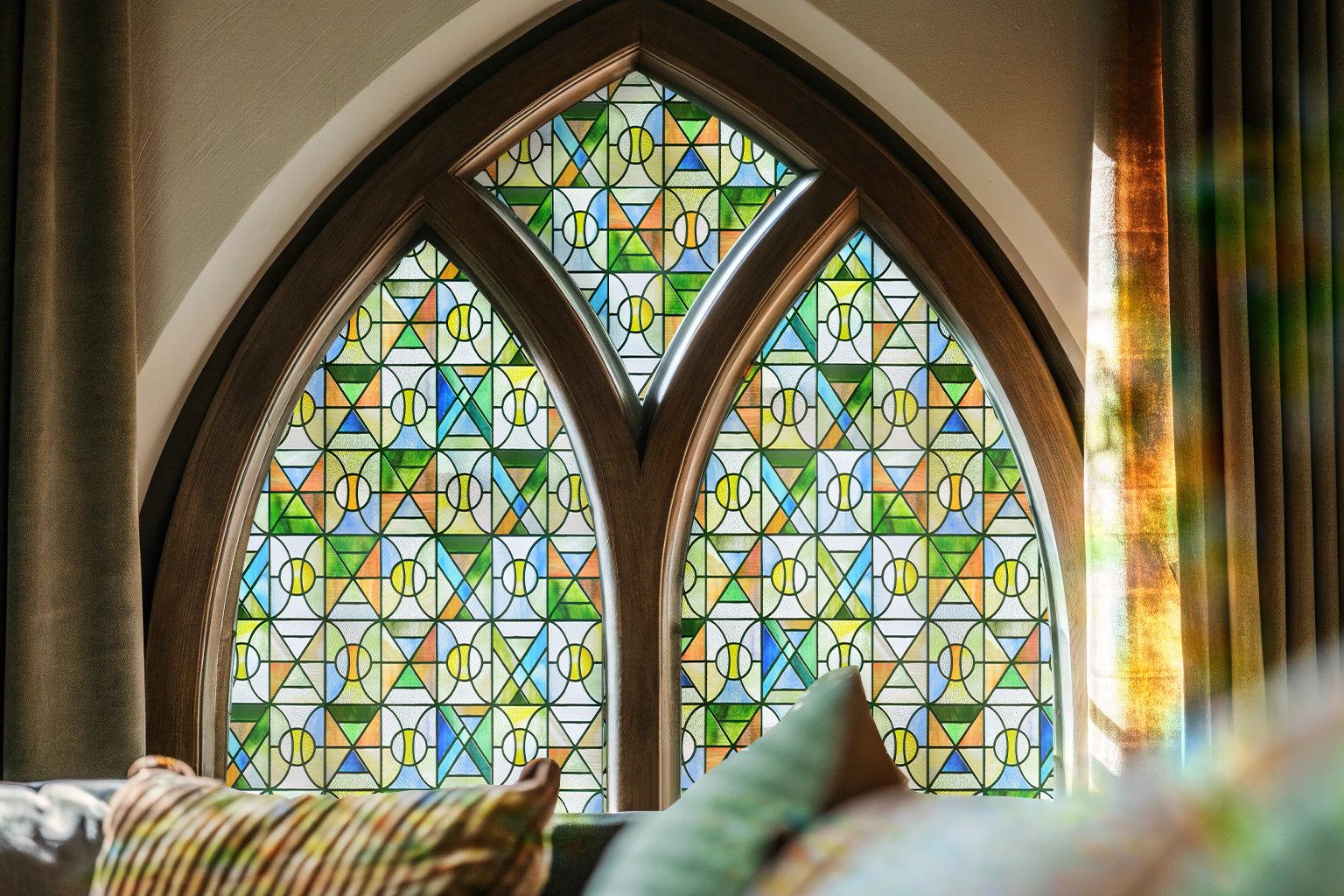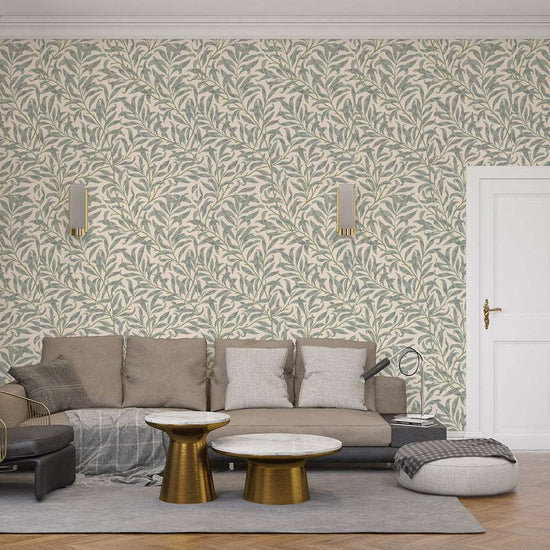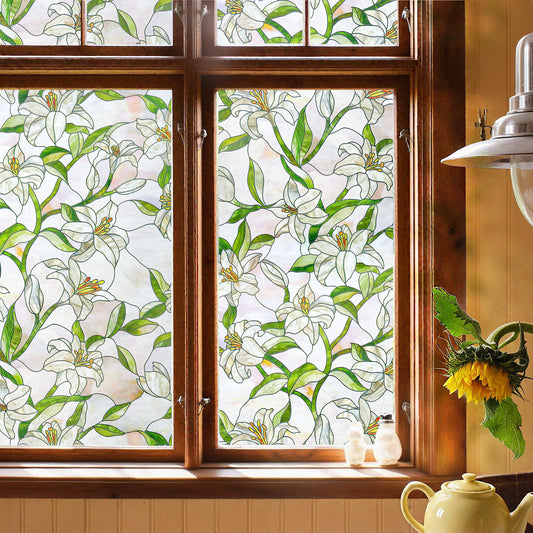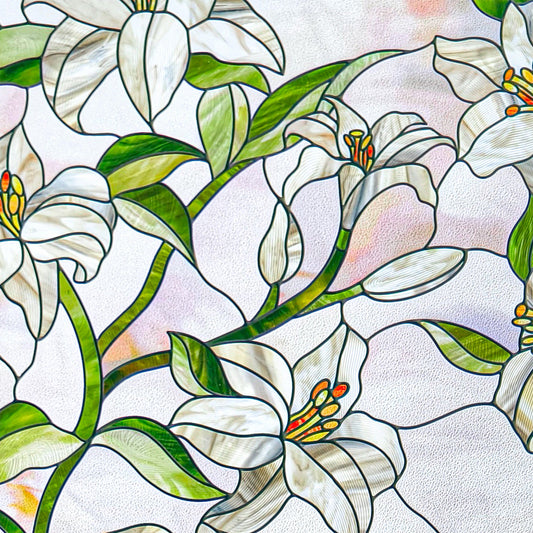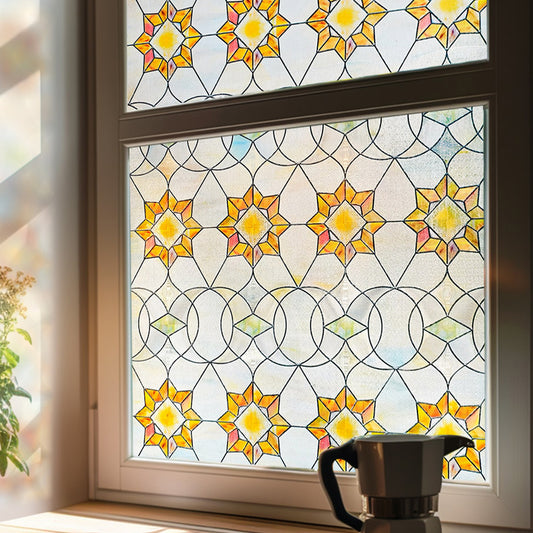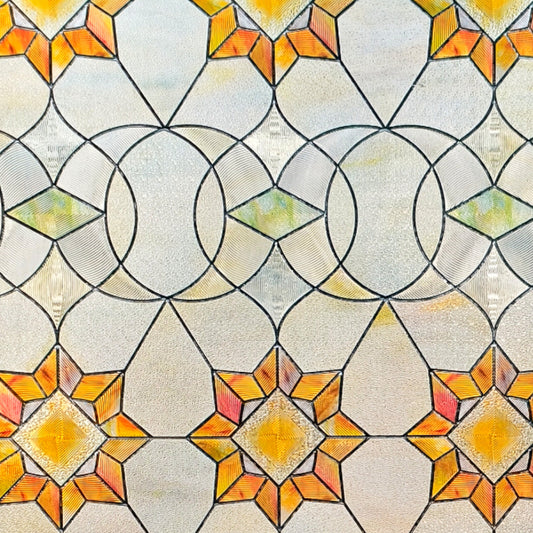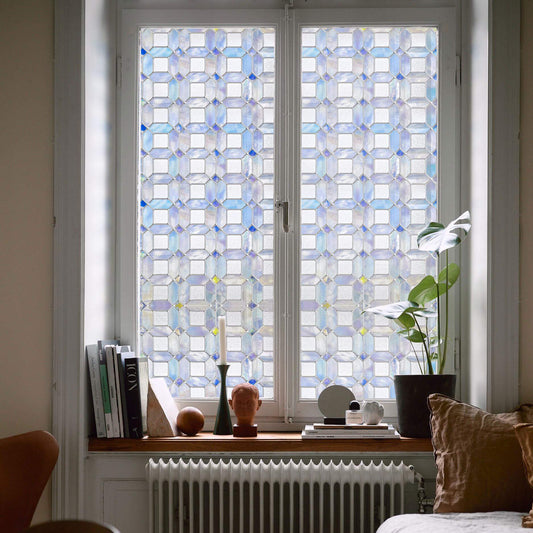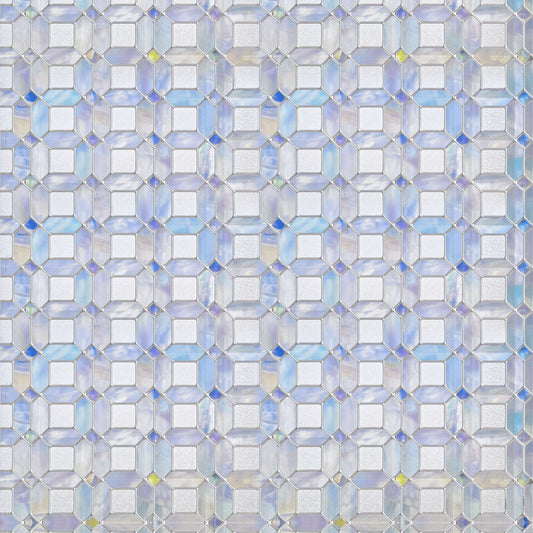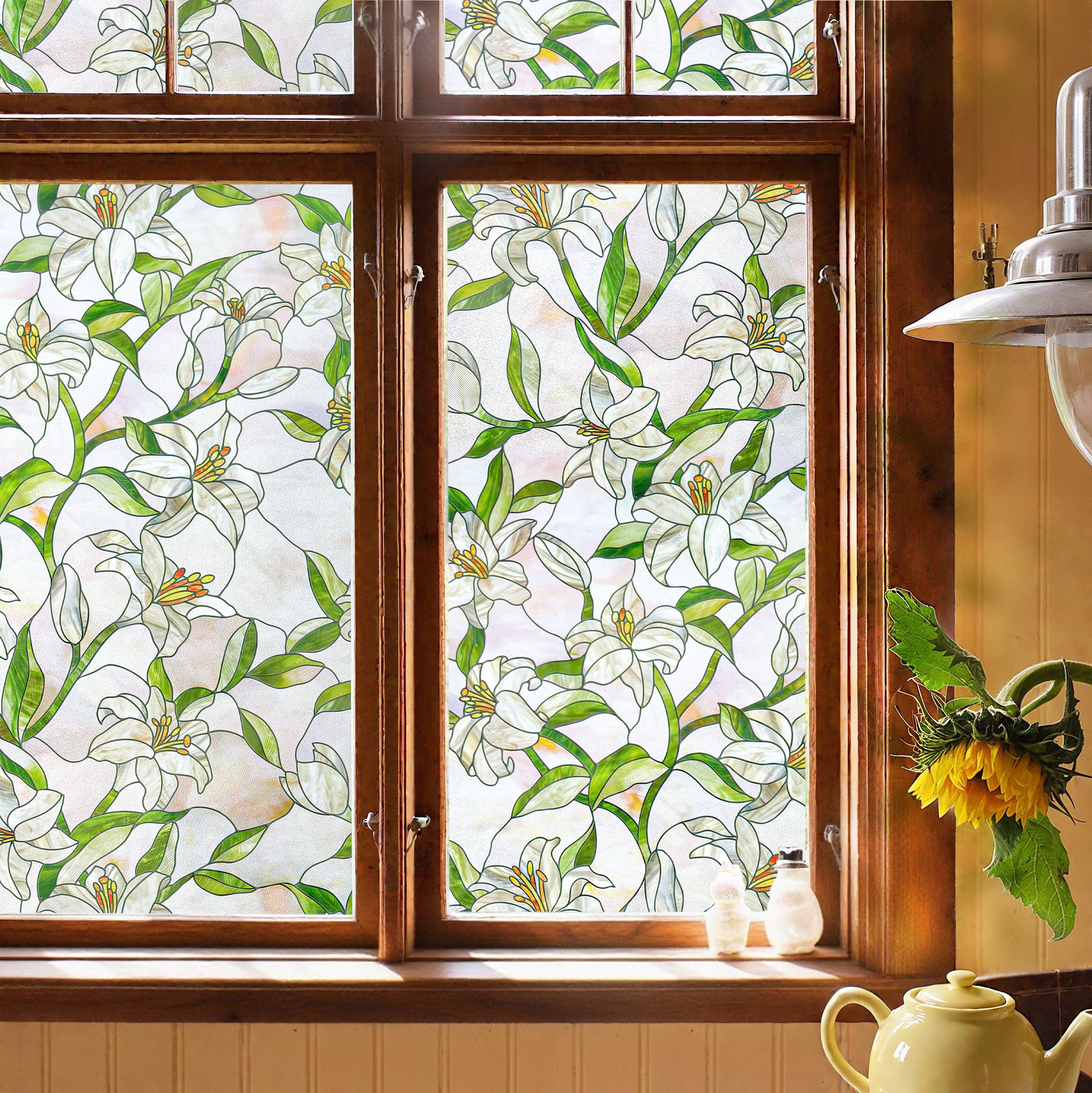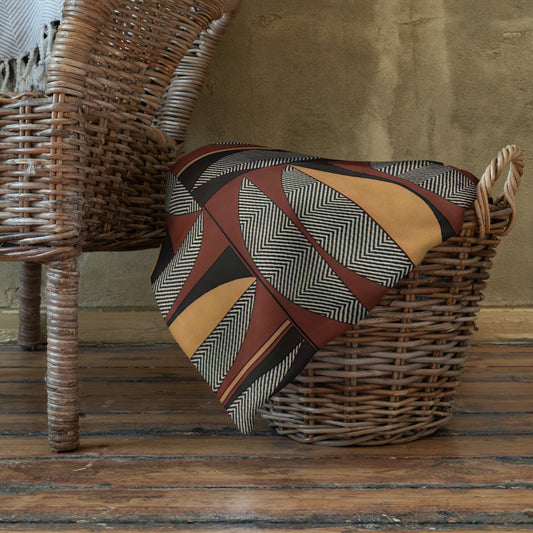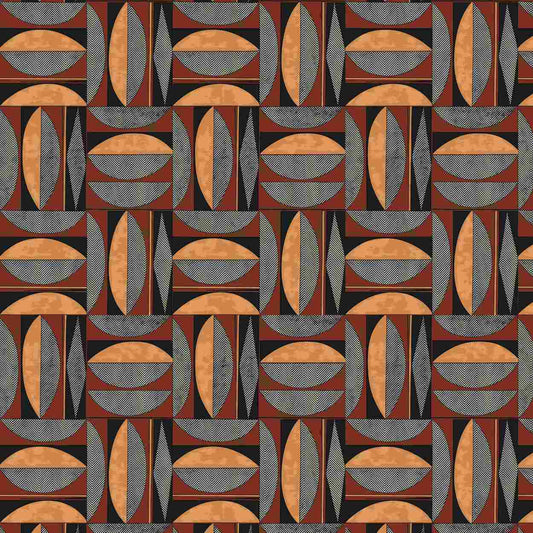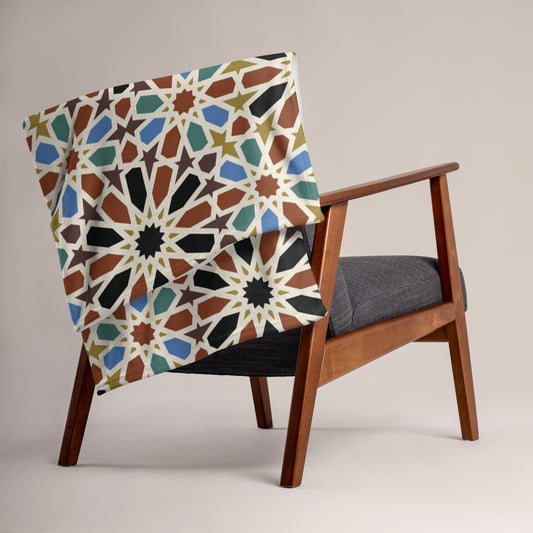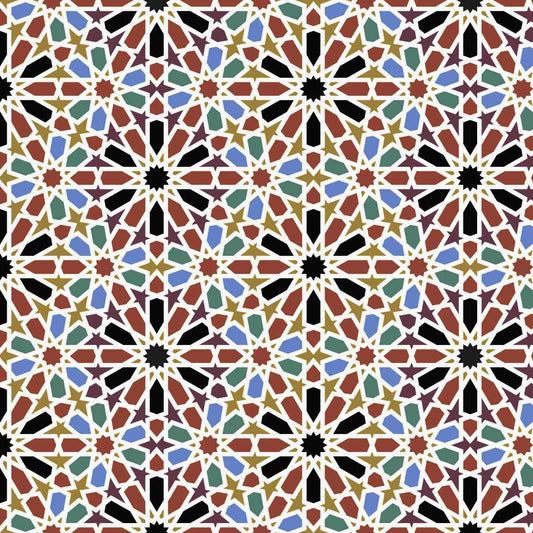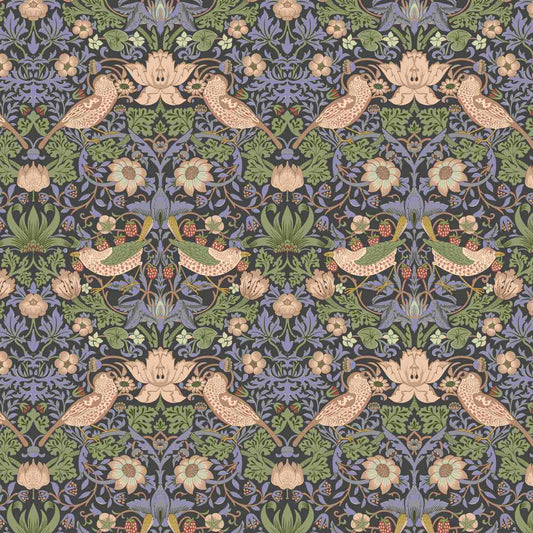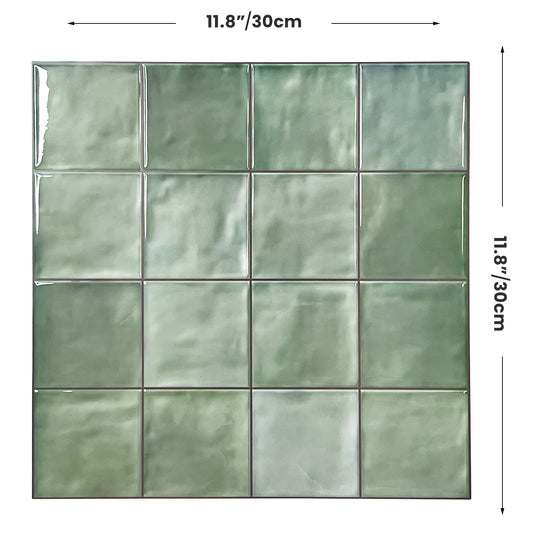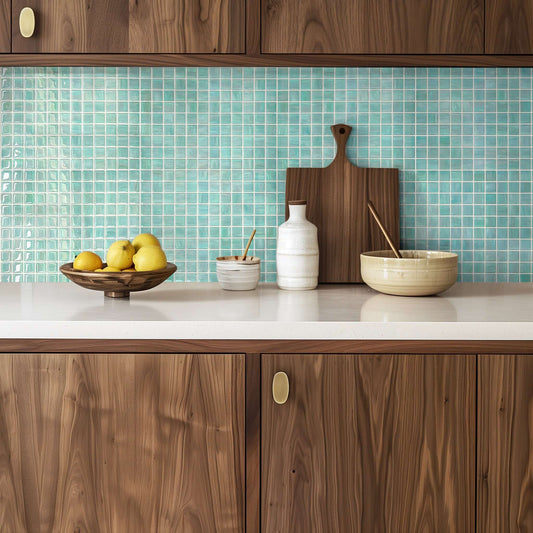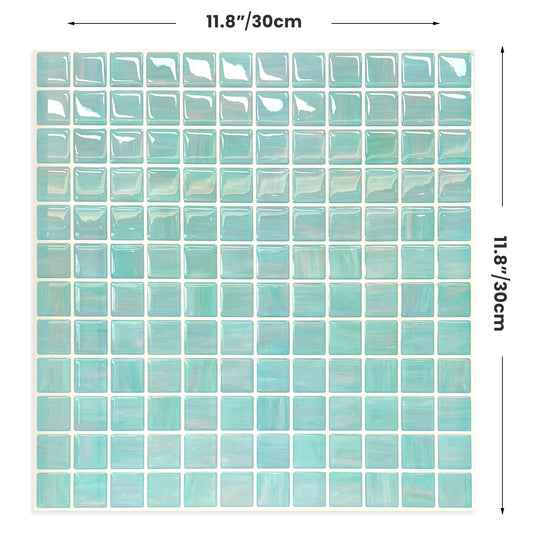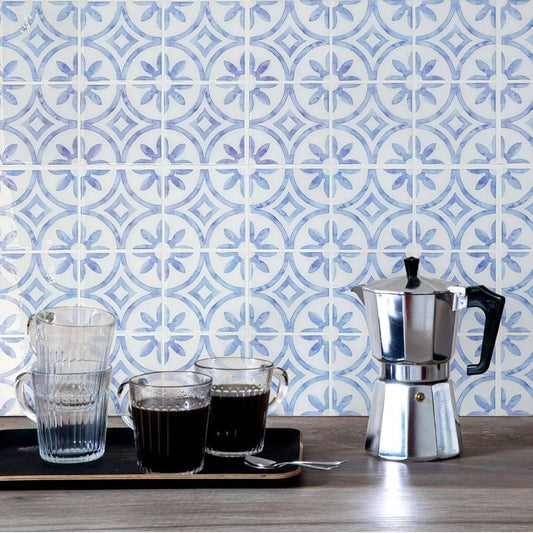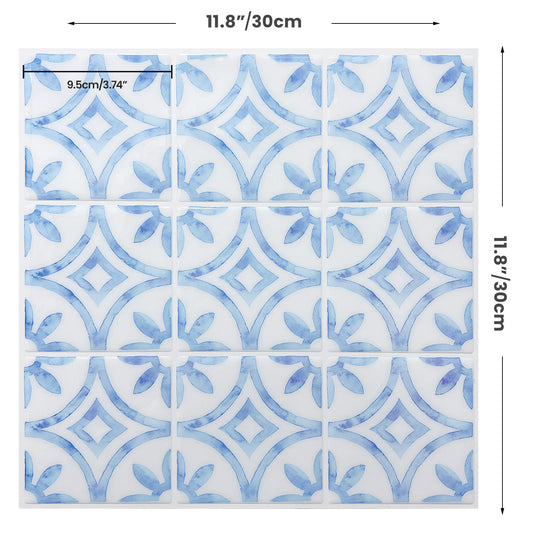Looking to bring a touch of timeless elegance to your home décor? Victorian stained glass window film offers the perfect blend of vintage charm and modern convenience. Inspired by the ornate glasswork of the Victorian era, this type of window film allows homeowners to recreate the intricate beauty of traditional stained glass without the cost or permanence of real glass. In this article, we’ll explore the origins and design features of the Victorian stained glass window style—and how window film is making it accessible for everyone.
Victorian stained glass windows are renowned for their rich history and ornate designs. In the mid-1800s Gothic Revival, colored glass regained popularity in both churches and upscale homes. Wealthy Victorians installed leaded glass panels in front doors, transoms and skylights as expressions of taste and status. Craftsmen fused pieces of ruby-red, sapphire-blue, emerald-green and amber glass with lead cames into intricate motifs that often told a story or carried symbolism. Common Victorian motifs included stylized flowers (roses, lilies), vines, heraldic crests and animals set within geometric frameworks. These vibrant panels provided both drama and privacy: they bathed interiors in jewel-toned light while obscuring the view from outside.
Victorian stained glass is characterized by a mix of floral and geometric patterns. Designers “embraced intricate patterns and symbolic motifs,” combining botanical emblems with tessellated shapes. For example, a window might feature a central floral medallion (like a stylized rose or lily) surrounded by repeating tiles or latticework. Typical color schemes used deep, saturated hues contrasted against clear or frosted glass sections. In fact, many Victorian panels blend colored pieces with textured clear glass to soften and diffuse light. This approach not only highlights the colored motifs but also gives the effect of “ever-changing hues” as the sun moves. In sum, Victorian stained glass combined rich jewel tones with detailed floral and geometric patterns – a style that conveyed opulence, spirituality and a love of nature .
Traditional Stained Glass vs. Stained Glass Window Film
Original stained glass is a luxurious custom option, but it comes with high cost and effort. A bespoke leaded window must be hand-crafted by artisans, making it expensive and time-consuming to install. Installing or restoring real stained glass often requires structural modifications and days of work by glaziers. By contrast, stained glass window film – a printed vinyl that mimics the look of glass – offers a similar aesthetic for a tiny fraction of the price. Window films are shipped in sheets or rolls and can be cut to exact dimensions, so no glass cutting or framing is needed. Installation is fast and simple: the film adheres to existing glass with static cling or removable adhesive, and can often be applied in minutes by one person using soapy water and a squeegee. In other words, what once took skilled labor and cranes now often takes just minutes with a DIY kit.
Durability and maintenance also differ. A well-made stained glass panel can last for many decades if cared for, but it is fragile: impact or improper cleaning can break panes or corrode the lead. Decorative films, meanwhile, are made to be tough and low-maintenance. Many are 12–20 mil thick polyester with UV-stable inks, so colors stay bright and the material resists tearing. High-quality films even block up to ~99% of UV rays to protect interiors. However, films are generally warranted for a shorter span (often ~10–20 years) before they may fade or peel in harsh sunlight. On the plus side, film care is easy – usually a simple wipe with mild soap and water If a film does wear out, it can be peeled off and replaced without tools; a stained glass window, by contrast, would require professional restoration. The table below summarizes these differences:
Rising Demand and Market Growth
Decorative window films have become increasingly popular in recent years. Industry analysts report the global window film market (including security, solar control and decorative films) was about $11.56 billion in 2023 and is expected to grow ~5% annually through 2030. Part of this growth is driven by energy and UV-control benefits, but a notable factor is aesthetic demand. Faux-stained-glass films let customers “replicate high-end aesthetics at a lower cost”, making vintage window styles accessible. Online trends reflect this: searches and social posts for “stained glass window film” and “Victorian window designs” have spiked as homeowners seek retro-chic decor. Consultants note that modern decorative films offer “nearly unlimited designs” and even practical features like UV protection and privacy. In short, both sales data and trending topics suggest decorative films (including Victorian-style patterns) are enjoying a major resurgence.
Victorian-Style Films in Modern Homes
Homeowners have found many creative ways to use Victorian-style window film. These films provide vintage charm with minimal effort. Bathroom and Shower Windows: Applying a stained-glass film to a bathroom or shower window instantly grants complete privacy while still admitting soft, colored light. In fact, many period-style films are explicitly marketed as “suitable for bathrooms and kitchens” where obscured glass is desired. The result is a translucent surface – you can’t see through it, but sunlight still filters through in a patterned glow.
Other common applications include:
-
Kitchen or Display Cabinets: Glass-front cabinets (for dishes, books or collectibles) can be lined with film to hide clutter and add artistry. This transforms ordinary furniture into decorative focal points. For instance, a floral or geometric leaded design on a cabinet door “adds privacy while displaying a beautiful design,” making the kitchen or living room feel more elegant.
-
Entry Doors and Sidelights: Victorian motifs are popular on front-doors and sidelights. A clear or frosted film applied inside a door’s glass panel can mimic an antique stained-glass insert. Interior designers note that modern homes often use stained glass in “front doors, a bathroom window, or as a statement piece above a staircase” for their captivating light effects. Installing film is easy – just wet the glass, position the cut-to-size film, and smooth out bubbles (usually in a matter of minutes).
-
Tables and Glass Surfaces: Creative decorators even apply window film to tables or partitions. For example, a plain glass-top dining table can be overlaid with a pressed-on leaded pattern, turning it into a unique art piece that also protects the surface. Similarly, an open-plan home might use film on interior glass dividers: this “enhances both privacy and aesthetics while allowing natural light to pass through”.
These uses show that Victorian-style film can upgrade nearly any glass element – from small cabinet panes to large picture windows – giving classic character without custom glasswork.
Victorian-Style Films in Commercial and Public Spaces
The charm of stained glass film extends beyond homes. Many businesses and public buildings leverage these films for style and function. Cafés, restaurants and bars often adorn their windows or doors with faux stained glass to create a cozy, old-world ambiance. Because the film is so much cheaper than custom glass, shops can achieve a high-end look on a tight budget. Libraries, galleries and hotels might use period motifs in lobbies or meeting rooms to reflect historic character. For example, a library could partition a reading room with a floral stained-glass film, providing privacy for patrons while still illuminating the space. In offices and retail stores, companies apply decorative film to conference room walls or storefront glass: this blocks visibility for privacy or branding yet maintains an open, light-filled environment. Industry reports praise these films as a “go-to choice for enterprises aiming to enhance their premises,” since they replicate classic stained glass without the cost or commitment. Even municipal buildings invoke tradition: many Victorian-era public buildings (town halls, libraries, etc.) originally featured stained glass to convey heritage, and modern renovations use film to honor that legacy. Overall, stained-glass window films are a flexible way for businesses to introduce artistry and privacy into commercial spaces.
Victorian-style stained glass endures as a beloved design element, and modern stained-glass window film makes it easier than ever to enjoy that look. Films faithfully capture the intricate patterns and rich colors of historic windows while being vastly more affordable and low-maintenance. They let homeowners and businesses alike create privacy and beauty without costly renovations. For inspiration and shopping, FancyFix’s window film collection offers a wide variety of period-inspired designs (from true Victorian panels to Arts & Crafts and more) that can turn any glass surface into a work of art. With a few cuts and a bit of adhesive, you can bring Victorian elegance to modern windows, cabinets, doors and storefronts – all with the convenience of today’s technology.
Whether you're renovating a period property or simply love the antique aesthetic, Victorian stained glass window film provides an affordable and stylish solution. It captures the historic detail of classic Victorian stained glass windows while offering the benefits of UV protection, privacy, and easy installation. With a wide range of patterns and colors, this elegant film is perfect for entryways, bathrooms, or any space that could use a little old-world character. Explore our collection and transform your windows today with Victorian stained glass window film.

